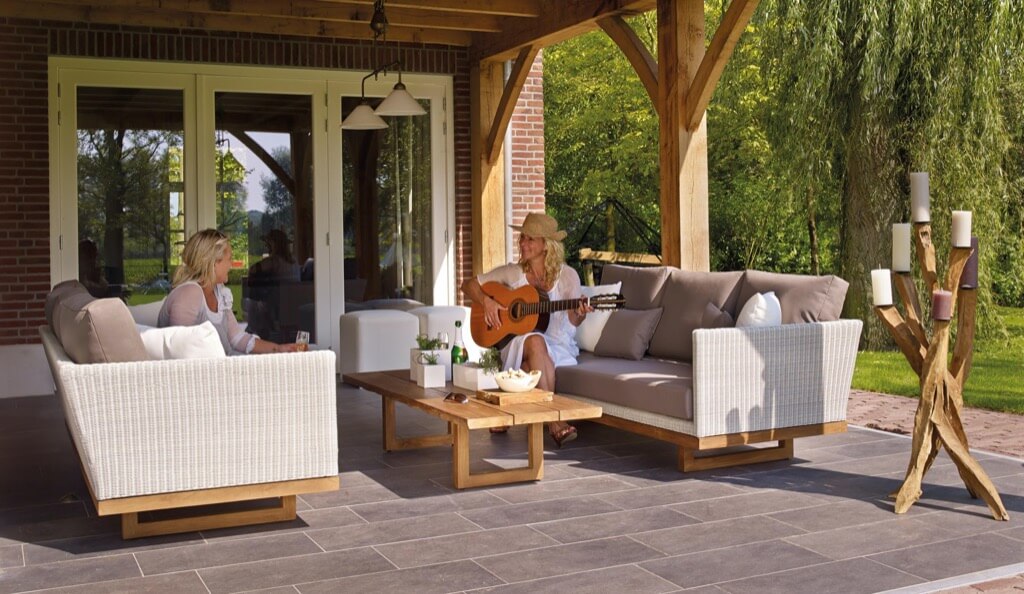You’ve likely experienced the heated discussions and lighthearted banter that arise from this seemingly innocent yet persistently divisive topic. The dilemma of whether toilet paper should hang over or under has sparked intense household debates, friendly disputes, and even academic research. Let’s unravel this peculiar yet universally relatable enigma and settle the score once and for all.
The Perpetual Debate: Over or Under?
You’ve probably found yourself in the crossfire of this toilet paper debacle, wondering if there’s a definitive answer. Enthusiasts of the ‘over’ persuasion argue that it allows for effortless access and smoother unrolling, eliminating the risk of scraping your fingers against the wall. On the contrary, the ‘under’ advocates emphasize its tidier appearance and the perceived prevention of excessive unrolling. Which side do you find yourself leaning towards?
Historical Whispers and Inventive Flair
Delving into the history of toilet paper orientation reveals fascinating tidbits that might surprise you. Did you know that the patent for the toilet paper roll depicts the ‘over’ position? Despite this, inventive minds have tinkered with various contraptions and innovations over the years, some of which have challenged the traditional notions of toilet paper placement. Who would have thought this mundane household item could harbor such creativity?
Psychological Tendencies and the Unconscious Mind
Beyond the practical aspects, psychologists have delved into the underlying psychology of one’s preferred toilet paper orientation. Some experts argue that it could reflect deeper personality traits or subconscious desires. Could your choice of ‘over’ or ‘under’ potentially reveal more about your psyche than you ever imagined? Take a moment to reflect on your preference and its potential hidden implications.
Cultural and Regional Influences
Surprisingly, the over or under debate isn’t just a matter of personal preference; it can also be influenced by cultural norms and regional practices. Exploring various global and South African toilet habits can shed light on how different societies approach this seemingly trivial yet surprisingly revealing issue. How does your cultural background influence your stance on this timeless dilemma?
The Compromise
Despite the fervent arguments on either side, there exists a middle ground where compromise reigns supreme. Some households have resorted to the ingenious tactic of the ‘sideways’ orientation, attempting to bridge the gap between the ‘over’ and ‘under’ factions. Have you considered this harmonious approach to appease both camps and bring peace to your household?
If you find yourself leaning towards the ‘under’ technique, there’s a significant advantage that might just sway your preference. By hanging the roll in the ‘under’ position, you can effectively limit accidental unrolling, especially in households with mischievous pets. With the roll snugly tucked against the wall, ample tension is maintained, preventing playful paws from unraveling the entire roll in a chaotic frenzy. This tactic proves particularly useful in households where furry companions often find joy in unravelling the toilet paper, leaving behind a mess that’s no one’s idea of a good time.
The ‘under’ approach can potentially minimize direct contact with the wall, thereby reducing the spread of germs. Think about it – if the toilet paper hangs over, the risk of your fingers brushing against the wall increases, potentially leading to an unsettling exchange of bacteria. This not only impacts your own hygiene but also that of subsequent users. However, when the roll hangs under, the likelihood of unintentionally grazing the wall decreases significantly, thereby creating a barrier between your hands and any lingering bathroom bacteria. This seemingly small adjustment in orientation might just make a significant impact on maintaining a hygienic bathroom environment.
Conversely, those advocating for the ‘over’ method argue that it limits direct contact with the actual paper itself, minimizing potential germ transmission. With the ‘over’ technique, users typically handle only the section of paper they intend to use, reducing the risk of contamination. However, proponents of the ‘under’ stance highlight the potential risk associated with the increased likelihood of hands brushing against the wall, precisely at the point where residual traces of fecal matter might reside. This stark comparison emphasizes the importance of considering both hygiene and convenience when determining the optimal toilet paper orientation for your household.
The Debate In South Africa
When considering this debate within the context of South Africa, it becomes pertinent to acknowledge the unique cultural and environmental factors at play. Understanding the diverse demographics and living conditions in South Africa might shed light on how toilet paper orientation preferences align with regional practices and individual preferences. By examining these local nuances, we can better appreciate how this seemingly trivial aspect of daily life can reflect broader societal values and habits.
While specific statistics on the toilet paper debate’s prevalence in South Africa may not be readily available, global data sheds light on the overarching trends and preferences surrounding this age-old controversy. Here are five key statistics that offer insights into the comical arguments and preferences related to the over or under debate:
- Global Preference Split: Studies indicate that the global preference for over or under toilet paper orientation is almost evenly divided, with approximately 50% of individuals favoring each method. This balance underscores the enduring nature of the debate and the persistence of diverse perspectives across various cultures and regions.
- Hygiene Concerns: Research shows that an increasing number of individuals, including a substantial portion of South Africans, prioritize hygiene in their daily routines. A survey conducted in multiple regions revealed that 38% of participants expressed concerns about the potential spread of germs associated with the ‘under’ toilet paper orientation, especially in shared or public restroom settings.
- Household Pet Interference: Data highlights that in households with pets, the ‘under’ toilet paper orientation is preferred by 62% of pet owners in South Africa. This statistic reflects the practical approach taken by pet owners to prevent their furry companions from unraveling the toilet paper roll, ensuring a cleaner and more organized bathroom environment.
- Cultural Variances: Research on regional toilet habits and preferences suggests that within South Africa, specific cultural groups tend to exhibit varying inclinations toward the over or under toilet paper orientation. For instance, in certain communities, the ‘over’ orientation aligns with traditional practices that emphasize cleanliness and order, while other communities lean towards the ‘under’ orientation for reasons of practicality and habit.
- Environmental Considerations: Studies demonstrate that an increasing number of South African households are becoming environmentally conscious, leading to a rise in the adoption of eco-friendly practices, including sustainable toilet paper usage. This shift in consumer behavior has prompted discussions on the optimal toilet paper orientation that minimizes wastage and promotes responsible consumption, further adding layers to the ongoing debate within the context of sustainability.
For any inquiries or further engagement on the enthralling topic of the Toilet Paper Debate: Over or Under, please feel free to reach out to Johan Botha, our esteemed expert at 7am.co.za. You can access the contact form. Johan is dedicated to providing comprehensive insights and fostering lively discussions on the intriguing subject of toilet paper orientation, along with the comical arguments that ensue. Whether you seek additional information, wish to contribute your perspective, or have specific questions, Johan and the 7am.co.za team are ready to engage and provide you with a wealth of knowledge and an engaging platform for discussion.




